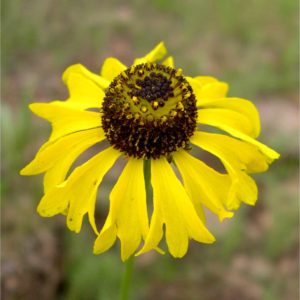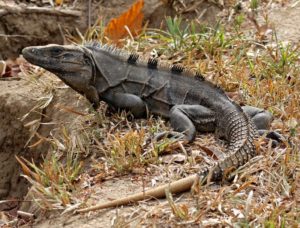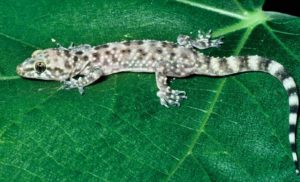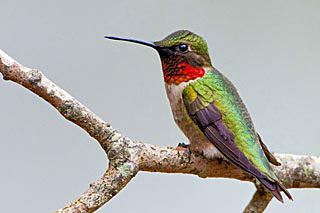Alleewame and Proper Greetings
Alleewame is a Hiaki word meaning ‘contentment’ and ‘(physical or mental) well-being’. It’s derived from the word allea, meaning ‘content, happy, well’, with the addition of two suffixes, the impersonal -wa and the nominalizer -me. This concept plays an important role when one is greeting other people in Hiaki.
Properly greeting someone is an important aspect of Hiaki culture, and part of a proper Hiaki greeting consists of asking about the alleewame of the other person. You don’t want to just say a quick hello and then get on with it. Instead you should ask about their health and happiness with something like Ketche allea? which means something like “Are you still happy?” In case you need to remind somebody to inquire about the alleewame of whoever they’re going to greet, you could say Alleewamta nattemaine! which means “Ask about their health and contentment!”
Also, if you happen to be receiving the greeting, it’s important that you reciprocate the courtesy that has been extended to you. This means that if you are asked about your health and if you’re content, you should respond and then ask about the well-being of whoever is greeting you. For example, after you hear Ketche allea? you should say Ket tu’i, which means “still good”. Then you should say Emposu? which means, ‘And you?’ (If you’re talking to more than one person, you would say, Eme’esu? instead, which means ‘And you (plural)?’)
But before you begin asking about people’s alleewame, you would want to begin the greeting with Lios enchi anía (God help you), to which the proper response is Lios enchi hiokoe (God bless you).
Here’s an example of a typical exchange of Hiaki greetings:
Greeter: Lios enchi anía! (God help you)
Response: Lios enchi hiokoe. (God bless you)
Greeter: Ketche allea? (Are you still content?)
Response: Ket tu’i. Emposu? (Still good. And you?)
Keeping all of this in mind, you should be ready to give an appropriate greeting in the Hiaki language!







